- Solar energy blog
- Green by design: How solar energy is shaping the future of data centers
Green by design: How solar energy is shaping the future of data centers
Find out how and why data centers are turning to cost-effective renewable sources like solar power to use cleaner energy and reduce their environmental impact.


Laura Rodríguez
Territory Manager Oceania & Nordics
Laura is a renewable and software industry sales professional, currently working at RatedPower as Territory Manager Oceania & Nordics. With a background in International Business and International Trade, Laura previously worked in the business strategy area in various companies as well as as a market analyst for the Government of Spain in Australia.
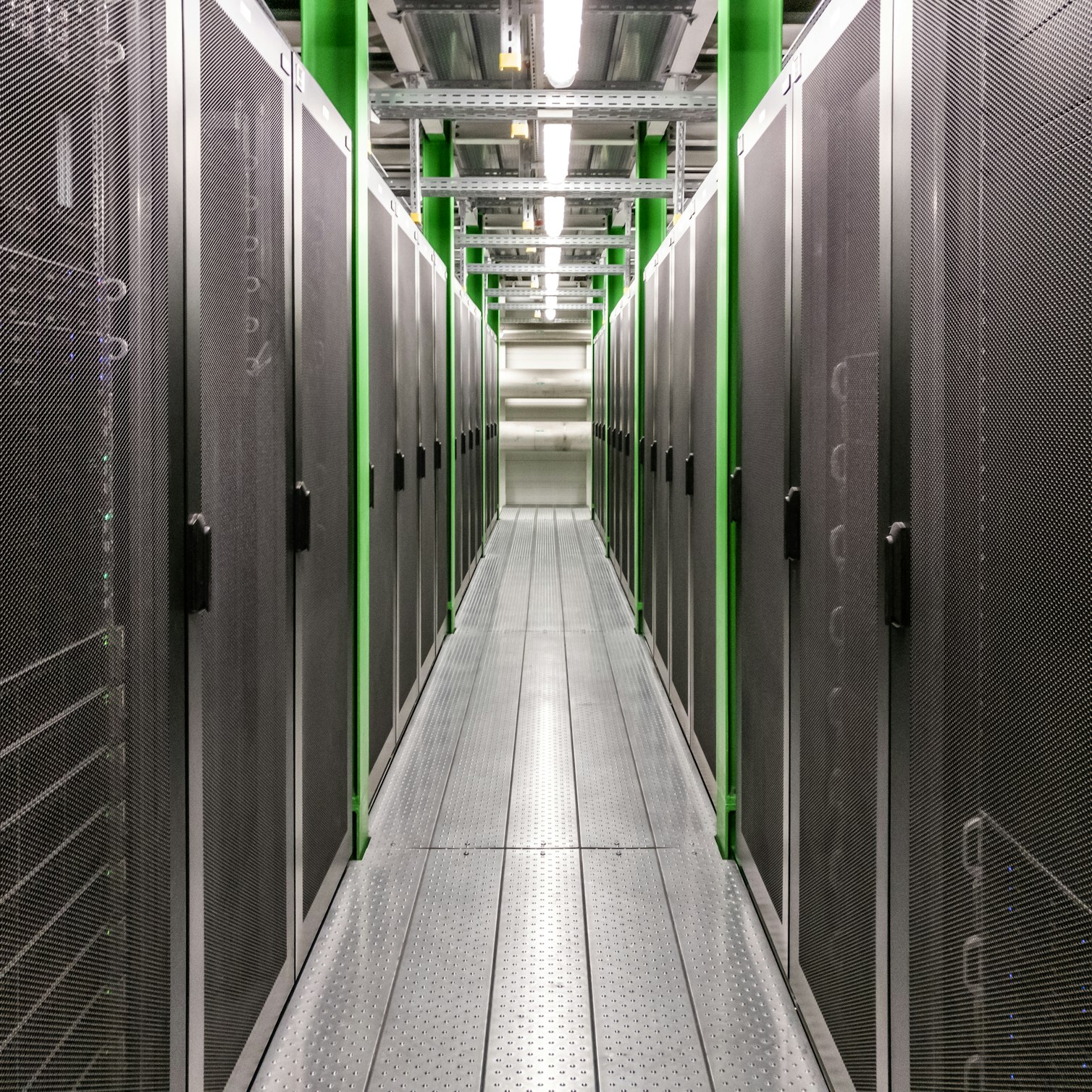
Content
Data centers are the engines behind our always-on digital world, and they’re in constant need of power.
Global electricity use from these facilities could double by 2026, reaching over 1,000 TWh annually, which is equivalent to Japan’s national consumption. In the US, usage may reach 260 TWh or roughly 6% of the country’s demand. The load is even heavier in Ireland, where data centers could end up consuming up to 32% of the national grid by 2026, according to some sources.
Download the Renewable Energy and Solar Research Report to unlock essential insights on the renewables industry. With expertise from our survey and data from solar simulations on RatedPower, the Report explores trends, challenges, and solar design preferences.
As demand climbs, so does scrutiny. The public wants data centers to use cleaner energy and reduce their environmental impact. As a result, tech giants are wiring their campuses for one of the most cost-effective renewable sources available today: solar.
Corporate ESG goals driving demand for solar-powered cloud services
Clean energy and digital growth are now tightly linked. To fulfill their ESG commitments, major tech companies are increasing their investment in solar energy to support their cloud operations.
Take Google, for example. The tech giant recently launched a large solar facility in Texas to help power its data centers and move closer to its 2030 target of using only carbon-free energy. Globally, the company anticipates investing $16 billion in clean energy procurement through 2040.
Amazon is taking a different route, but with a similar intent. Rather than building its own energy infrastructure, the company partners with utilities to add clean capacity directly to the grid where it operates. It is currently working with Entergy on a $10 billion investment in two data center campuses in Mississippi. As part of the agreement, Entergy is adding 650 MW of utility-scale solar to meet demand from the campuses.
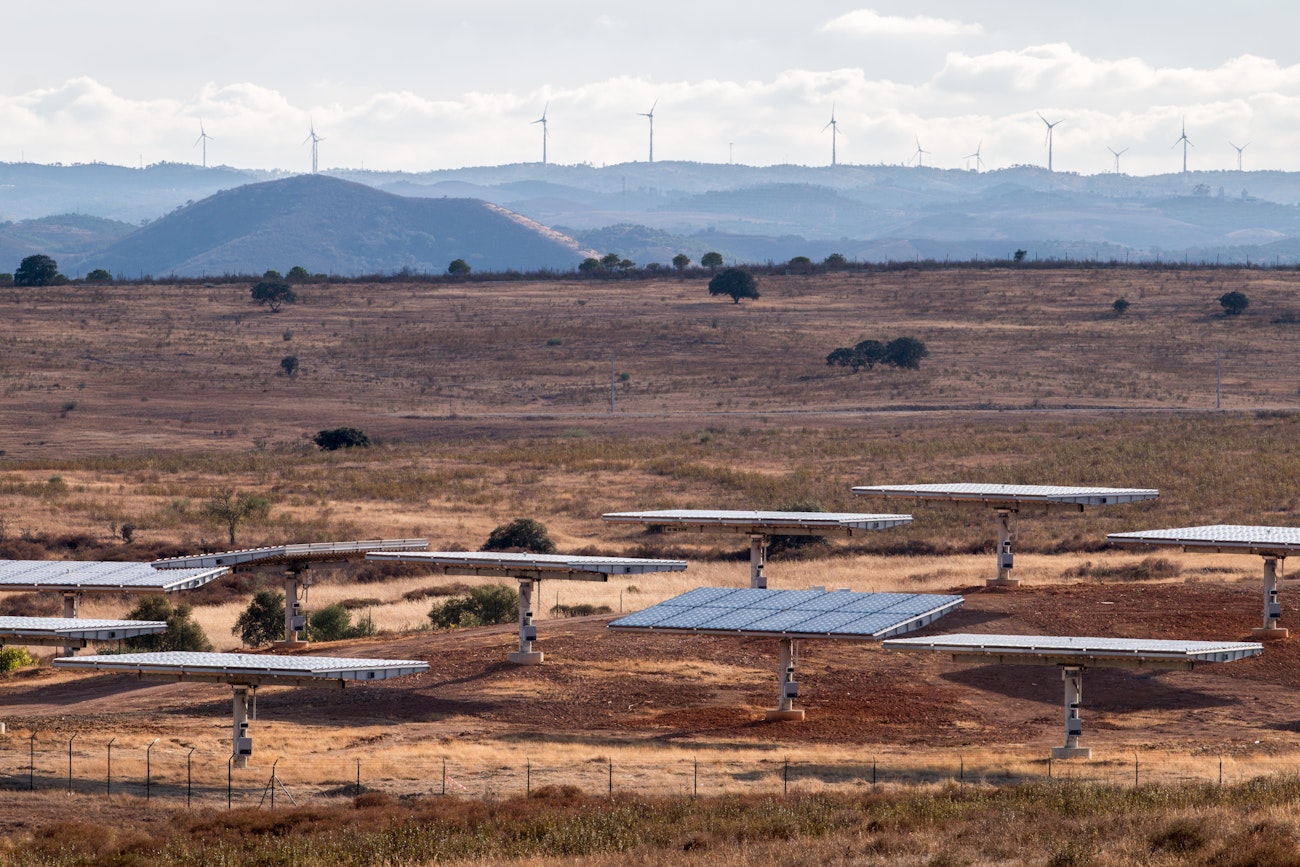
How cloud providers use solar procurement to meet carbon-neutral targets
Instead of simply buying electricity off the grid, cloud providers are signing power purchase agreements (PPAs) and funding new solar farms to meet their carbon-neutral and 24/7 clean-energy targets.
Utility-scale solar PPAs
Corporate clean energy buying first took off in 2021 when Amazon secured 6.2 GW of renewables through 44 off-site PPAs across nine countries. That brought its total contracted clean capacity to 13.9 GW, spanning 274 renewable energy projects (including 169 on-site solar installations).
Microsoft followed closely with 6.15 GW in solar and wind agreements. Its deal with AES allows it to run Virginia-based data centers on 100% clean power, matched around the clock. Meta also added 2.2 GW in new contracts (mainly solar), pushing its total to more than 8 GW that year.
These early PPAs continue to bring new renewable energy online, and the trend shows no signs of slowing. Hyperscalers still dominate corporate solar procurement in the US. As of February 2025, Amazon, Microsoft, Meta, and Google were responsible for 98.7% of tracked large-scale corporate PPAs for nonutility US businesses, with a combined 84 GW under contract. That total grew by more than 69% in just 12 months.
24/7 or time-matched clean energy
Most companies still use annual matching. This means they purchase enough renewable energy to offset a year’s worth of electricity use, even if that clean power isn’t available when their operations are in operation. But major cloud providers are switching to 24/7 or time-matched clean energy, where clean power is sourced to match actual energy use every hour of the day. This is particularly important as AI workloads grow, since they operate continuously and draw more energy at unpredictable times (often when the grid is powered by fossil fuels).
In early 2024, Google signed a 478 MW offshore wind agreement to help power its Dutch operations, bringing its hourly clean energy match rate in the Netherlands to 90%.
Microsoft started testing 24/7 sourcing in Sweden in 2020 through a pilot PPA with Vattenfall. It now works with Google on the Granular Certificate Trading Alliance, which allows hourly clean energy tracking and trading to better match supply with real-time usage.
On-site solar with battery storage
An estimated 38% of tech companies now incorporate solar arrays directly at their facilities, while 36% utilize battery storage to mitigate fluctuations in supply. Amazon’s sustainability plan includes rooftop solar and battery storage at select data centers to ease demand on local grids and add backup during outages or peak load events.
Battery energy storage isn’t just stabilizing the grid, it’s transforming into a serious revenue stream. Our eBook breaks down the top regions for BESS arbitrage, market trends, and the regulatory forces shaping the opportunity. Download the Driving Profit with Battery Storage: The Top Regions for Arbitrage Investment eBook to discover where the biggest returns lie and how to tap into them
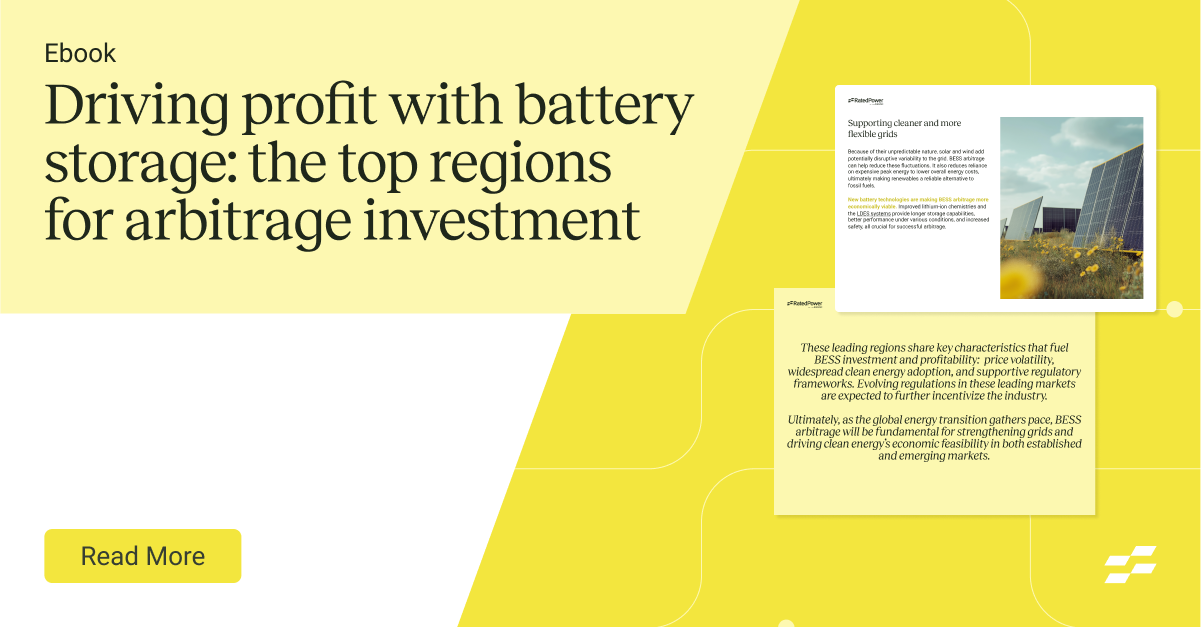
Equity investments in solar developers
Some providers are also investing directly in solar companies to secure future supply. Google acquired an equity stake in New Green Power in Taiwan, gaining access to up to 300 MW of solar energy. This also enables the company to address Scope 3 emissions within its supply chain.
Role of regulations and consumer expectations
Stricter regulations and rising customer expectations mean cloud providers are being held to higher standards. They need to back up their carbon neutrality claims with solar projects that are measurable and tied to real targets.
The European Union’s revised Energy Efficiency Directive now requires operators to monitor and report the energy performance of their facilities. This data (covering everything from energy consumption to water use) will be published annually and broken down by facility size, from small installations (100–500 kW) to very large centers over 10 MW.
New rules, such as the EU Taxonomy Climate Delegated Act, the Corporate Sustainability Reporting Directive, and the Corporate Sustainability Due Diligence Directive, will also require large companies to demonstrate how they’re integrating environmental impacts into their business decisions.
Voluntary commitments are tightening as well. The Climate Neutral Data Centre Pact, signed by AWS, Google, and Microsoft, requires signatories to match 75% of their electricity with renewables by 2025 and 100% by 2030 (based on hourly usage rather than annual averages).
Industry collaboration for shared solar-powered infrastructure
Scaling clean power across data center networks isn’t something providers can do alone, so they are partnering with utilities, solar developers, and investors to build shared infrastructure that connects generation directly to their facilities.
Co-located clean energy campuses
Google, Intersect Power, and TPG Rise Climate are developing US-based industrial parks where solar and wind farms are located adjacent to data centers. Locating generation and load together speeds deployment. The first phase is expected to go online between 2026 and 2027.
Utility and developer co-investment
Microsoft has signed an eight-year deal with Qcells to deploy 12 GW of solar energy, enough to power approximately 1.8 million homes. The partnership supports Microsoft’s goal of running entirely on renewables by 2025. Qcells is also investing $2.5 billion in new factories using low-impact materials and hydropower.
For its part, Meta has struck multiple deals with Invenergy, securing approximately 1.8 GW of solar and wind energy. It’s also exploring geothermal energy and joining with Amazon and Google to triple low-carbon nuclear capacity by 2050.
Solar developers focused on cloud campuses
Distributed energy developers, such as SolarBank Corporation, are building their businesses around solar-plus-digital infrastructure. They partner directly with data center operators to co-develop, own, and operate solar assets that feed into hyperscale campuses, streamlining delivery and expanding capacity without relying on grid projects.
This new wave of shared infrastructure enables operators to scale and control solar sourcing more precisely, ultimately meeting carbon-neutral targets under rising regulatory and market pressure.
2025 Trends: Renewable Energy & Solar Research Report
Get key insights and data from an industry-wide survey and solar simulations on the RatedPower platform. Download now to uncover critical trends and challenges shaping the future of renewables.
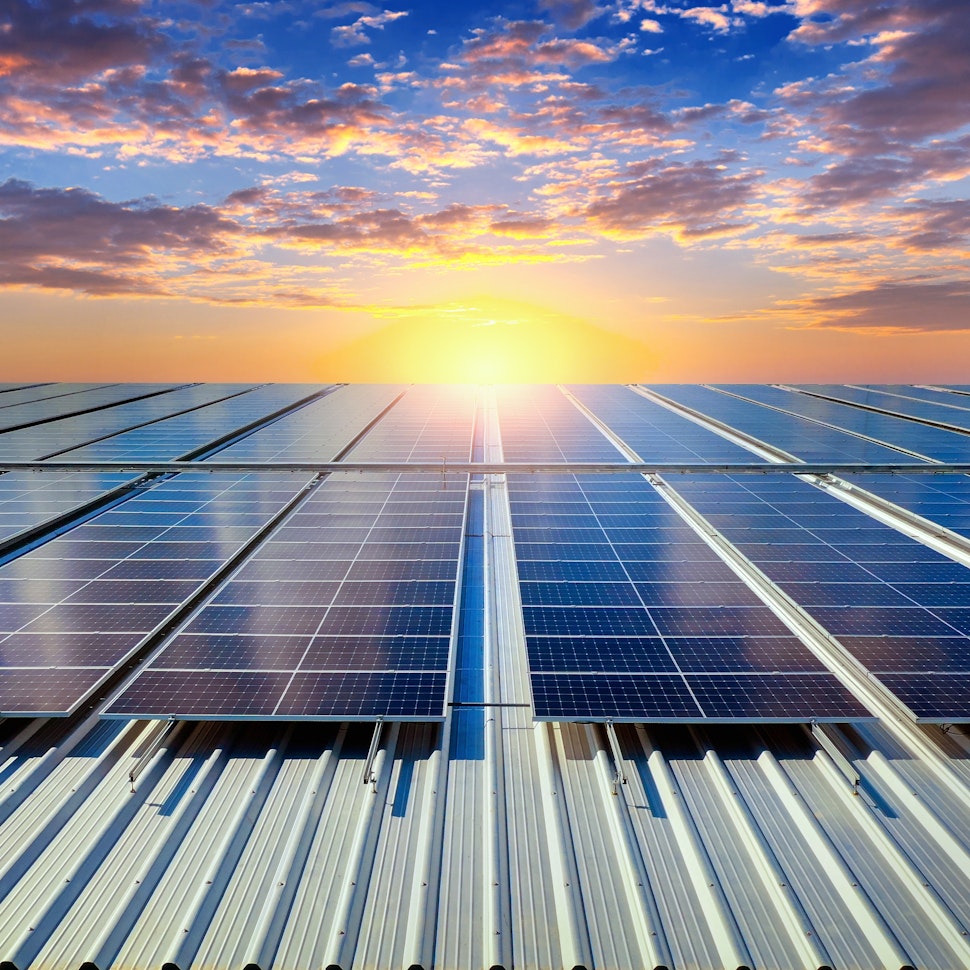
Latest stories
Related posts
Driving the change
Japan’s groundbreaking solar power experiment: solar power from space
Learn about the OHISAMA program, a project designed to test the feasibility of harnessing solar power from space. Could it help generate clean baseload energy?
Updated 1 JUL, 25
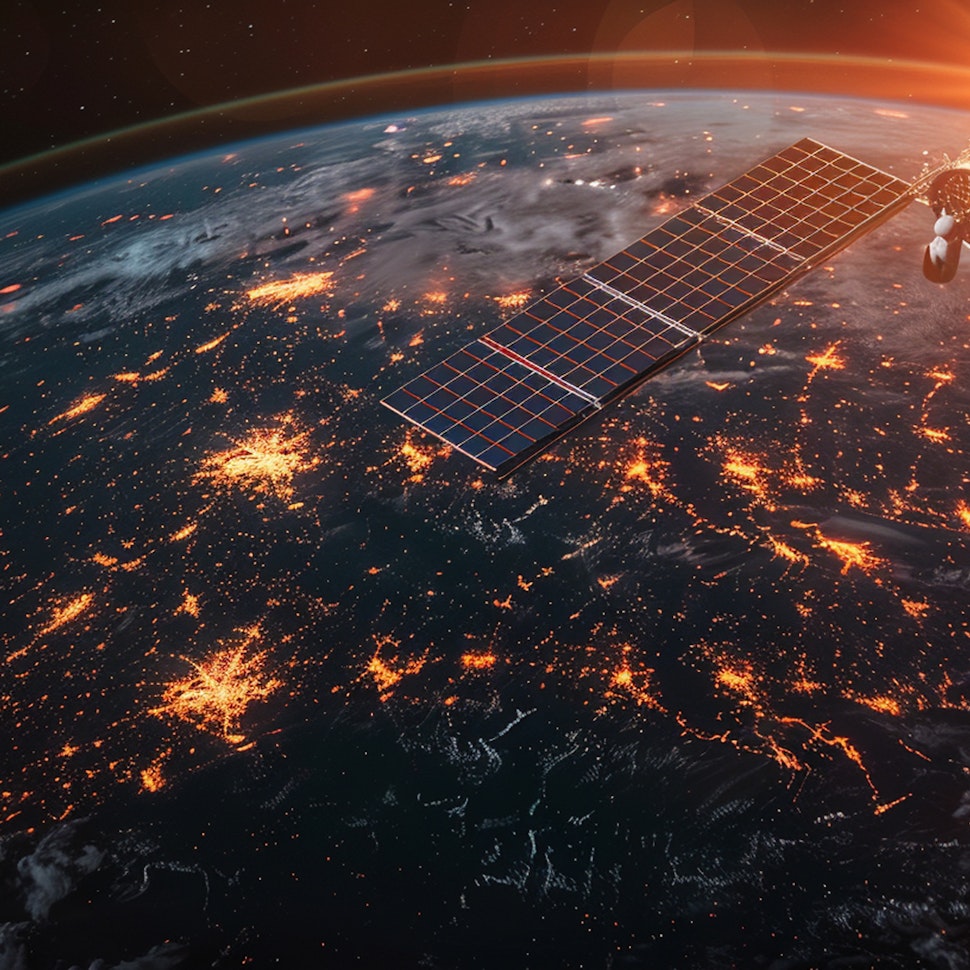
Driving the change
A look at the comunidades energéticas in Spain
Comunidades energéticas are at the heart of Spain’s shift to a greener and more decentralized grid. Explore more about these citizen-powered networks.
Updated 28 JAN, 25

Driving the change
The Pulse keeps rising: the 2nd year of the renewable energy event in Madrid
Explore the highlights of Pulse 2024, the renewable energy event in Madrid's second year, uniting global professionals to address challenges, unveil opportunities, and champion progress towards sustainability.
Updated 19 APR, 24
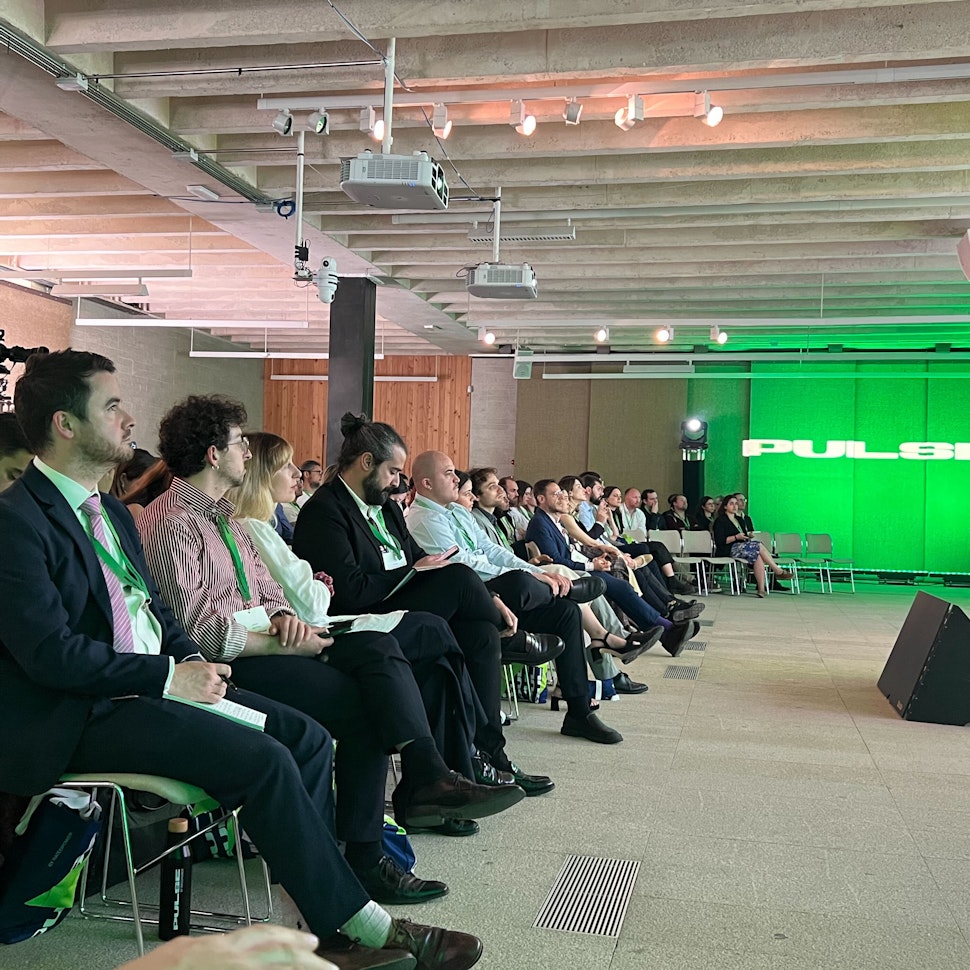
- RatedPower
- Solar energy blog
- Green by design: How solar energy is shaping the future of data centers
 Watch a demo
Watch a demo Ask our AI Product Expert
Ask our AI Product Expert

